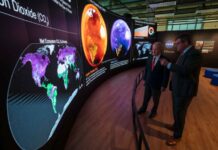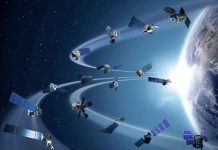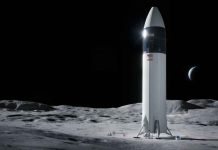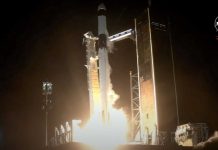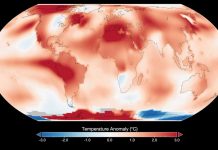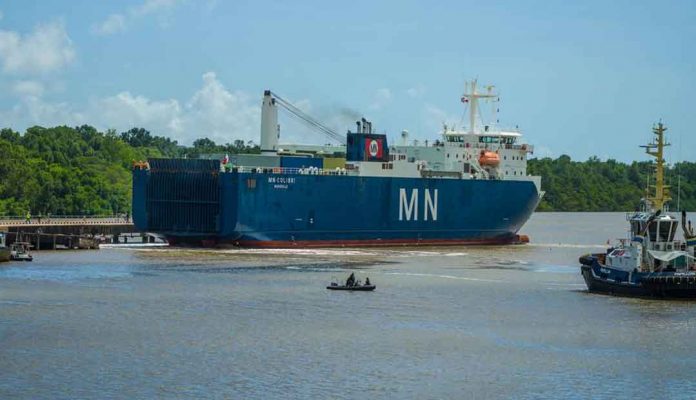
NASA’s James Webb Space Telescope successfully arrived in French Guiana Tuesday, after a 16-day journey at sea. The 1,500-mile voyage took Webb from California through the Panama Canal to Port de Pariacabo on the Kourou River in French Guiana, on the northeastern coast of South America.
The world’s largest and most complex space science observatory will now be driven to its launch site, Europe’s Spaceport in Kourou, where it will begin two months of operational preparations before its launch on an Ariane 5 rocket, scheduled for Dec. 18.
Once operational, Webb will reveal insights about all phases of cosmic history – back to just after the big bang – and will help search for signs of potential habitability among the thousands of exoplanets scientists have discovered in recent years. The mission is an international collaboration led by NASA, in partnership with the European and Canadian space agencies.
“The James Webb Space Telescope is a colossal achievement, built to transform our view of the universe and deliver amazing science,” said NASA Administrator Bill Nelson. “Webb will look back over 13 billion years to the light created just after the big bang, with the power to show humanity the farthest reaches of space that we have ever seen. We are now very close to unlocking mysteries of the cosmos, thanks to the skills and expertise of our phenomenal team.”
After completing testing in August at Northrop Grumman’s Space Park in Redondo Beach, California, the Webb team spent nearly a month folding, stowing, and preparing the massive observatory for shipment to South America. Webb was shipped in a custom-built, environmentally controlled container.
Late in the evening of Friday, Sept. 24, Webb traveled with a police escort 26 miles through the streets of Los Angeles, from Northrop Grumman’s facility in Redondo Beach to Naval Weapons Station Seal Beach. There, it was loaded onto the MN Colibri, a French-flagged cargo ship that has previously transported satellites and spaceflight hardware to Kourou. The MN Colibri departed Seal Beach Sunday, Sept. 26 and entered the Panama Canal Tuesday, Oct. 5 on its way to Kourou.
The ocean journey represented the final leg of Webb’s long, earthbound travels over the years. The telescope was assembled at NASA’s Goddard Space Flight Center in Greenbelt, Maryland, starting in 2013. In 2017, it was shipped to NASA’s Johnson Space Center in Houston for cryogenic testing at the historic “Chamber A” test facility, famous for its use during the Apollo missions. In 2018, Webb shipped to Space Park in California, where for three years it underwent rigorous testing to ensure its readiness for operations in the environment of space.
“A talented team across America, Canada, and Europe worked together to build this highly complex observatory. It’s an incredible challenge – and very much worthwhile. We are going to see things in the universe beyond what we can even imagine today,” said Thomas Zurbuchen, associate administrator for NASA’s Science Mission Directorate in Washington. “Now that Webb has arrived in Kourou, we’re getting it ready for launch in December – and then we will watch in suspense over the next few weeks and months as we launch and ready the largest space telescope ever built.”
After Webb is removed from its shipping container, engineers will run final checks on the observatory’s condition. Webb will then be configured for flight, which includes loading the spacecraft with propellants, before Webb is mounted on top of the rocket and enclosed in the fairing for launch.
“Webb’s arrival at the launch site is a momentous occasion,” said Gregory Robinson, Webb’s program director at NASA Headquarters. “We are very excited to finally send the world’s next great observatory into deep space. Webb has crossed the country and traveled by sea. Now it will take its ultimate journey by rocket one million miles from Earth, to capture stunning images of the first galaxies in the early universe that are certain to transform our understanding of our place in the cosmos.”

